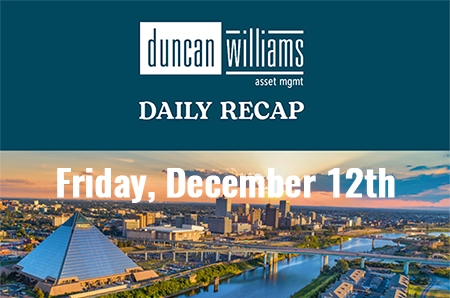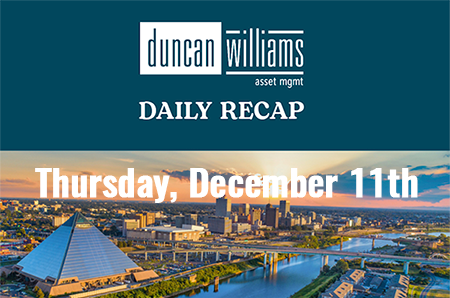
Foreign Direct Investment (FDI) Retreat from Emerging Markets
A recent report by Moody’s highlights a significant pullback in Foreign Direct Investment (FDI) from major emerging markets, particularly China and India. This trend is part of a broader global slowdown in FDI flows, which has been attributed to multiple factors. These include increasing geopolitical tensions, particularly between the U.S. and China, which have caused investors to be more cautious. Additionally, economic uncertainties, such as fluctuating growth rates and regulatory challenges in these countries, have made them less attractive to foreign investors. This retreat in FDI could hinder the economic growth prospects of these nations, which have historically depended on such investments to drive industrialization, technology transfer, and overall economic development(mint).
U.S. Economic Indicators and Consumer Confidence
In the United States, the economic outlook is showing mixed signals. On one hand, consumer confidence has surged to a six-month high, reflecting a more optimistic view among consumers about the economy’s short-term prospects. This rise in confidence is likely driven by the easing of inflationary pressures, a strong labor market, and expectations of further interest rate cuts by the Federal Reserve(Capital Spectator).
Simultaneously, the U.S. housing market continues to demonstrate resilience, with home prices increasing by 5.4% year-over-year in June 2024. This rise in home prices suggests that demand remains robust despite higher mortgage rates, though there are concerns about affordability and the potential for a market correction if economic conditions deteriorate(Experian).
Stock Market Performance
The U.S. stock market ended Tuesday with slight gains, driven primarily by the technology sector. Investors remain cautiously optimistic about the potential for more accommodative monetary policy from the Federal Reserve, which could support continued economic growth. However, the market is also facing headwinds from geopolitical uncertainties, particularly in Europe and Asia, and mixed signals from various economic indicators, which have contributed to increased volatility(Capital Spectator).
Global Economic Trends
Globally, there is a growing discourse around the potential for a recession in major economies, including the U.S. and Europe. The ongoing retreat of FDI from emerging markets, coupled with the challenges facing developed economies, underscores the fragile state of the global economic recovery post-pandemic. Additionally, the U.S. dollar’s strength continues to be a focal point, with its dominance in international trade and finance being questioned amid efforts by some countries to diversify their reserves away from the dollar(Experian).
These developments provide a comprehensive picture of the current economic landscape, characterized by cautious optimism in the U.S. juxtaposed with broader concerns about global economic stability and investment flows.
Sources: https://www.livemint.com/economy/latest-economy-news-today-live-updates-august-28-2024-11724783888419-page-722.html, https://www.capitalspectator.com/macro-briefing-28-august-2024/,https://www.experian.com/blogs/insights/state-of-the-economy-august-2024/,












